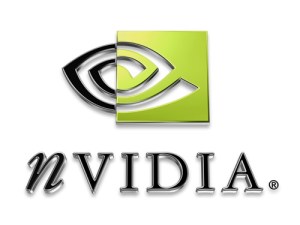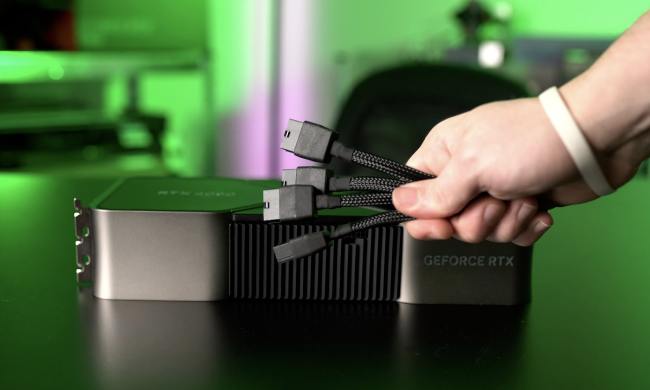
Intel and Nvidia aren’t the best of friends lately, with the companies busily suing each other over breach of contract and chipset licensing issues: Intel claims existing agreements don’t give Nvidia permission to develop graphics solutions for chips like Intel’s new generation of Atom processors that integrate their own graphics systems. Nvidia announced earlier this year that it was suspending development on chipsets for Intel processors…but that doesn’t mean the company is giving up on products for Intel-based systems altogether. Reports are swirling that Intel is getting to launch a new generation of its Ion graphics platform for netbooks, net-tops, and other devices based on Intel’s latest “Pine Trail” Atom processors.
Although details are sketchy at this point, it looks like the so-called “Ion 2” system won’t be drop-in chipset replacements for graphics components that come with the Atom processors—tough to do, since those are all baked into the die now, rather than residing as separate silicon in a system-on-a-chip solution. Instead it looks like the so-called “Ion 2” platform will serve as a traditional stand-alone GPU, probably interfacing with systems via a PCI Express bus. And Nvidia is promising the platform will offer five to ten times the performance of Intel’s baked-in graphics solutions, and support full-screen 1080p high definition video, mainstream gaming, and support Windows 7 Home Premium rather than the Aero-free Windows 7 Starter edition.
What remains to be seen is how much of an impact “Ion 2” graphics will have on performance: advanced graphics capabilities do tend to consume more power than plain-jane solutions. Similarly, no pricing information for “Ion 2” systems is available yet.
Industry watchers have Nvidia looking to roll out its “Ion 2” solution in the beginning of 2010; of course, companies like Acer that aim to make high-performance netbook systems will probably be first in line to integrate more-advanced graphics into their products.



